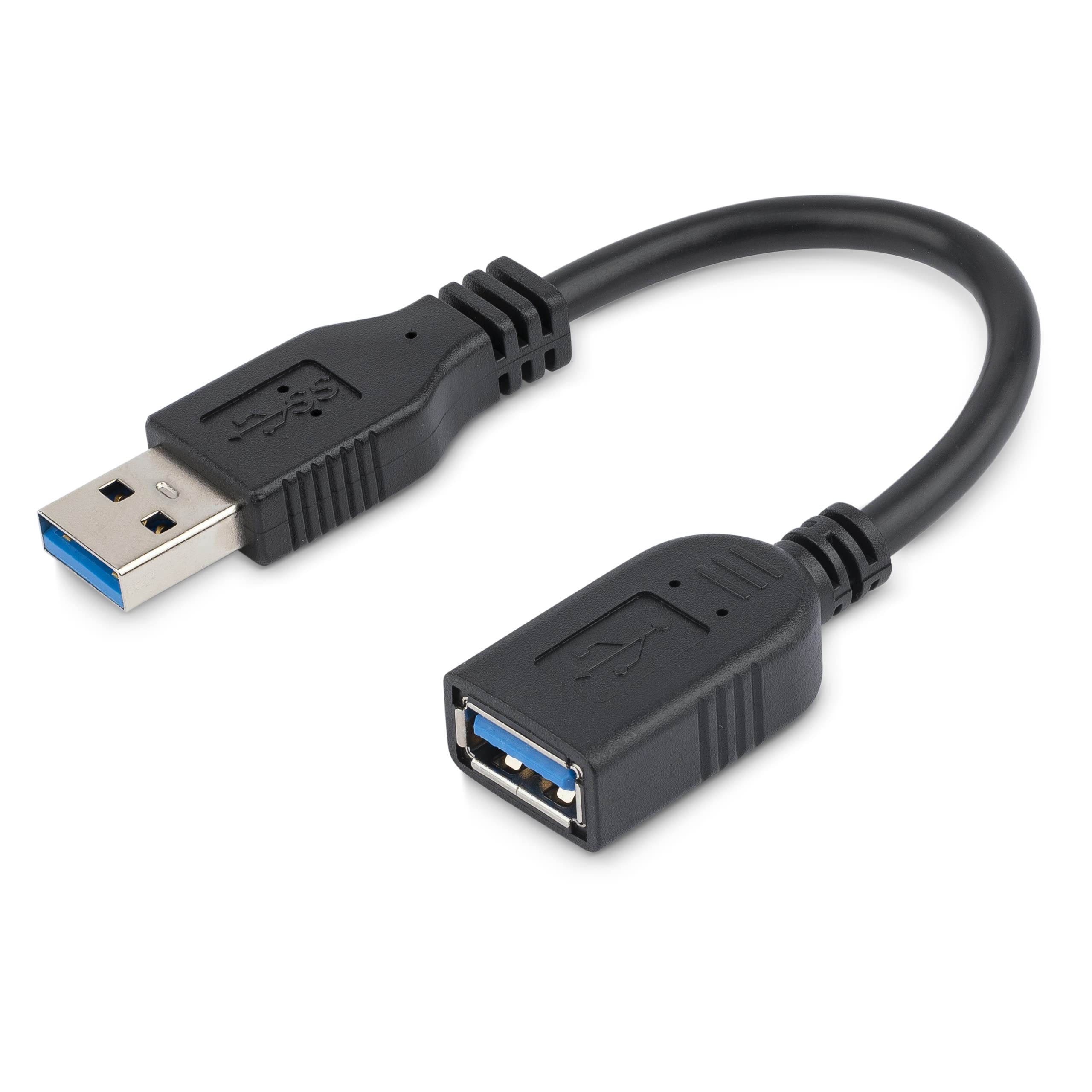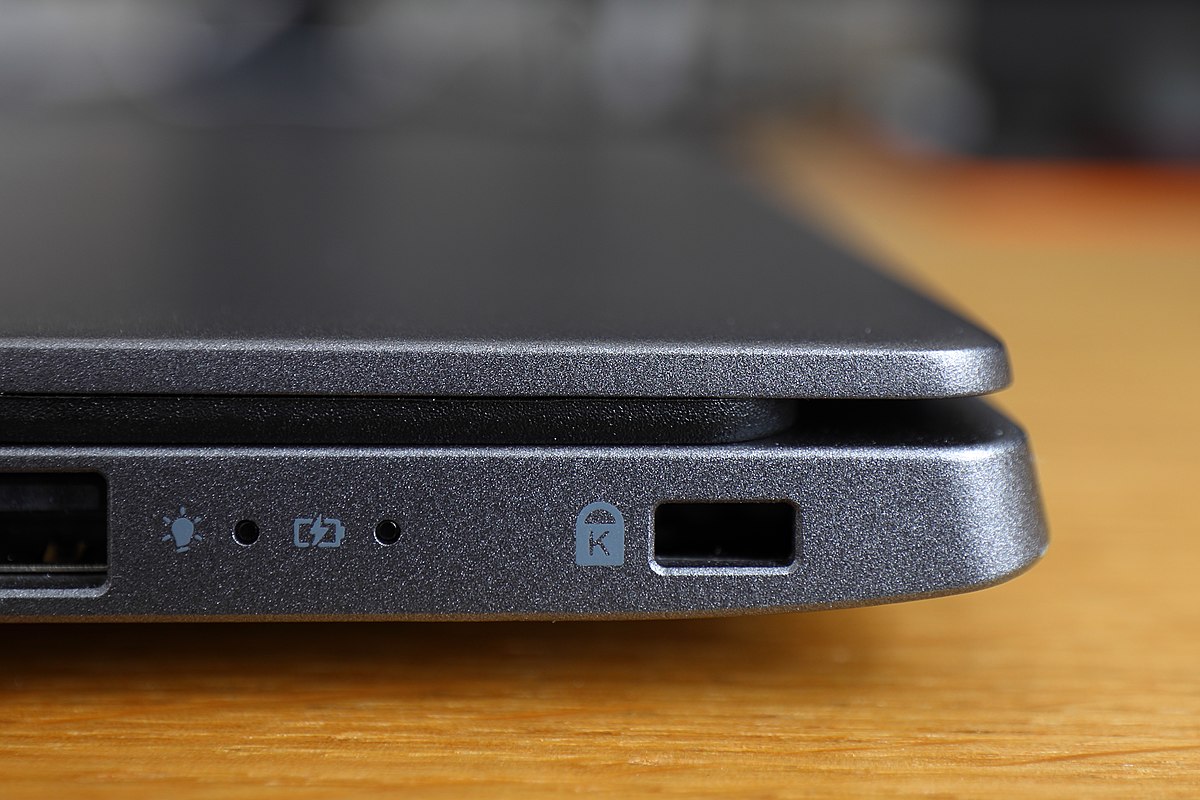Wondering how to disable your laptop keyboard? Let’s explore a simple solution to tackle this issue effortlessly.
Temporarily and Permanently Disabling Techniques
Temporarily Disabling Techniques:
If you need to temporarily disable your laptop keyboard, there are a few techniques you can try. One option is to use keyboard shortcuts to disable the keyboard quickly. Press the Windows key + X to open the power user menu, then select Device Manager. Expand the Keyboards category, right-click on your laptop keyboard, and choose Disable.
Another option is to use a mobile app that allows you to control your laptop remotely. Some apps offer keyboard disabling features, allowing you to turn off your laptop keyboard from your smartphone or tablet.
Permanently Disabling Techniques:
If you want to permanently disable your laptop keyboard, you can uninstall the device driver. Open the Device Manager again by pressing the Windows key + X and selecting Device Manager. Expand the Keyboards category, right-click on your laptop keyboard, and choose Uninstall device. Confirm the uninstallation and restart your computer. This will prevent the keyboard from functioning permanently.
Alternatively, you can physically disconnect the keyboard from the motherboard. This option requires some technical expertise and may void your warranty, so proceed with caution. Consult your laptop’s manual or seek professional assistance for guidance on disconnecting the keyboard.
Remember, permanently disabling your laptop keyboard means you won’t be able to use it again unless you reconnect or reinstall the necessary components.
For more detailed instructions and additional techniques, you can refer to reputable technology websites like Digital Trends or PBS.
Utilizing External Keyboards with Laptops

-
Step 1: Connect the external keyboard to the laptop.
- Plug one end of the keyboard’s USB cable into an available USB port on the laptop.
- Ensure that the connection is secure.

-
Step 2: Verify that the external keyboard is recognized by the laptop.
- Open the Start menu by clicking the Windows icon in the bottom-left corner of the screen.
- Type “Device Manager” and select it from the search results.
- In the Device Manager window, expand the “Keyboards” category.
- Look for the external keyboard listed. It should have a name that corresponds to the brand or model of the keyboard.
- If the external keyboard is not listed or has a yellow exclamation mark next to it, there may be an issue with the connection or driver.
-
Step 3: Disable the laptop’s built-in keyboard.
- Open the Start menu and type “Device Manager” to launch it.
- In the Device Manager window, expand the “Keyboards” category.
- Right-click on the laptop’s built-in keyboard and select “Disable” from the context menu.
- A warning message may appear, confirming the action. Click “Yes” to disable the keyboard.
- The laptop’s built-in keyboard should now be disabled, and only the external keyboard will function.
-
Step 4: Test the functionality of the external keyboard.
- Type on the external keyboard to ensure that the keystrokes are registered correctly on the laptop.
- Try different keys, including special function keys and combinations, to verify their functionality.
- If the external keyboard does not work as expected, check the connection and make sure it is securely plugged in.
- If the issue persists, try using the external keyboard on another device to determine if the problem lies with the keyboard itself.

Disabling Through Device Manager and Command Prompt
To disable your laptop keyboard, you can use either the Device Manager or the Command Prompt. Both methods are straightforward and can be done quickly.
Using the Device Manager:
1. Press the Windows key + X to open the Power User Menu.
2. Select “Device Manager” from the list.
3. In the Device Manager window, expand the “Keyboards” category.
4. Right-click on your laptop keyboard and select “Disable device” from the context menu. Confirm the action if prompted.
5. Your laptop keyboard should now be disabled. You can re-enable it by following the same steps and selecting “Enable device” instead.
Using the Command Prompt:
1. Press the Windows key + R to open the Run dialog box.
2. Type “cmd” and press Enter to open the Command Prompt.
3. In the Command Prompt window, type the following command: devmgmt.msc and press Enter.
4. The Device Manager window will appear. Follow steps 3 to 5 from the previous method to disable your laptop keyboard.
Remember, disabling your laptop keyboard means you won’t be able to use it until you re-enable it. This can be useful if you want to connect an external keyboard or if your laptop keyboard is experiencing issues.
If you encounter any problems or need further assistance, consult your laptop’s manufacturer website or refer to online resources like Digital Trends or PBS for additional guidance.
Preventing Accidental Activation

To prevent accidental activation of your laptop keyboard, there are a few steps you can take:
1. Disable the keyboard through the operating system settings. In Windows 10, go to the Start menu and type “Device Manager.” Open the Device Manager and expand the “Keyboards” category. Right-click on your laptop keyboard and select “Disable.” This will prevent the keyboard from functioning until you re-enable it.
2. Use a keyboard locking software or mobile app. There are various applications available that allow you to lock your keyboard temporarily. Simply search for “keyboard locking software” or “keyboard lock app” and choose one that suits your needs. These tools provide an easy way to disable your laptop keyboard with just a few clicks.
3. Consider using an external keyboard. If you don’t need to use your laptop’s keyboard frequently, connecting an external keyboard can be a simple solution. This way, you can keep your laptop keyboard disabled and use the external keyboard whenever needed.
4. Disable the keyboard through the BIOS settings. Restart your laptop and enter the BIOS setup by pressing the appropriate key (usually F2, F10, or Del) during the startup process. Once in the BIOS settings, look for an option to disable the keyboard. Keep in mind that BIOS settings can vary depending on your laptop model, so refer to your laptop’s manual or manufacturer’s website for specific instructions.
F.A.Qs
Is there a button to turn off keyboard?
No, there is no specific button to turn off the keyboard. However, you can lock the keyboard by pressing Ctrl+Alt+L. This will disable almost all keyboard input, including function keys, Caps Lock, Num Lock, and most special keys on media keyboards.
Why is my keyboard not working?
Your keyboard may not be working for several reasons. It could be due to a frozen computer or app, a disconnection such as being unplugged or running out of batteries, or a disrupted wireless connection.

